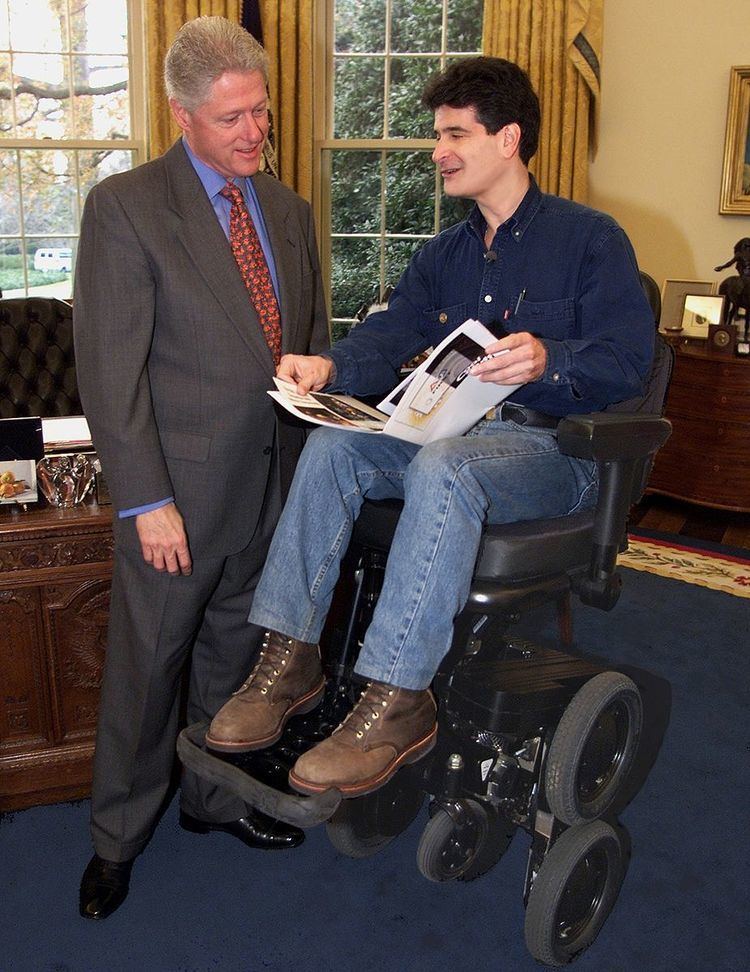Classification Electronics Application Conveyance Self-propelled yes | Industry Transportation Fuel source Electric Inventor DEKA | |
 | ||
The iBOT is a powered wheelchair developed by Dean Kamen in a partnership between DEKA and Johnson and Johnson's Independence Technology division.
Contents
Development and release
The iBOT, originally nicknamed Fred after Fred Astaire, first began development around 1990. The first working prototype was finished in July 1992. In late 1994, DEKA signed a deal with Johnson & Johnson to manufacture Fred, with Johnson & Johnson paying for all R&D after the deal was signed, while DEKA received a smaller royalty fee than they normally demanded and DEKA retaining rights to all non-medical applications of the technology. These non-medical application rights would lead to a project nicknamed Ginger, which eventually became the Segway. The iBOT was revealed to the public on Dateline NBC in a segment by John Hockenberry on June 30, 1999. By this time, Johnson & Johnson had already spent US$50,000,000 on the project. The iBOT entered clinical trials in 1999, with FDA approval arriving four years after the reveal on August 13, 2003.
Production ends
Starting in 2009, the iBOT was no longer available for sale from Independence Technology, but support for existing units was available until the end of 2013. Production was discontinued for cost reasons; only a few hundred were sold per year at a retail price of about $25,000, and Medicare paid $5000.
In 2011, Dean Kamen, the inventor of the iBOT, stated his support of America's Huey 091 Foundation's effort to reinstate iBOT production.
In late 2014, Kamen announced that the FDA had reclassified the iBOT from a Class III to a Class II medical device. This lowering of regulatory controls will allow DEKA to revive the long dormant iBOT and immediately start building a next generation product. Kamen said the model would be out in “less than two years" and would be available initially to wounded veterans.
Toyota era
On May 21, 2016, Toyota announced a partnership with DEKA to produce a new version of the iBOT. No release date was set at the time of the announcement.
Features
The iBOT has a number of features distinguishing it from most powered wheelchairs:
